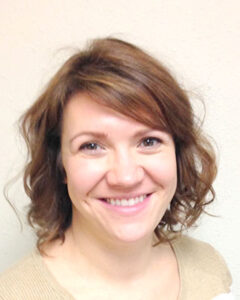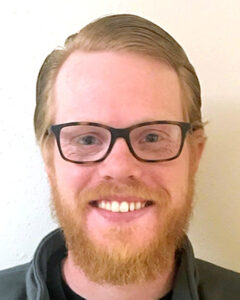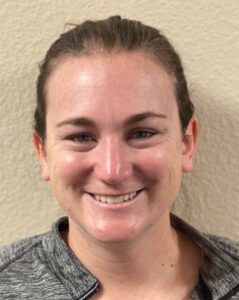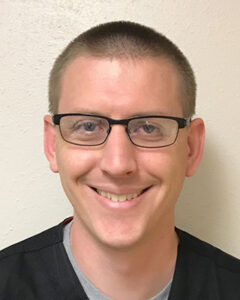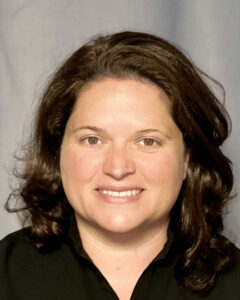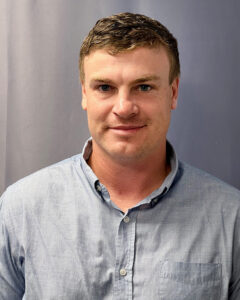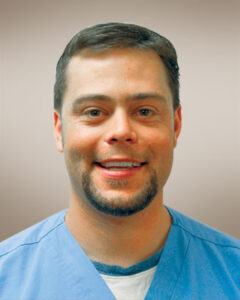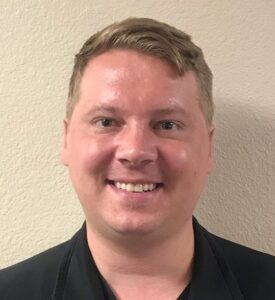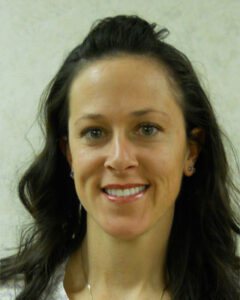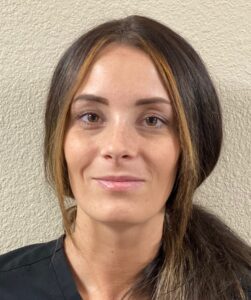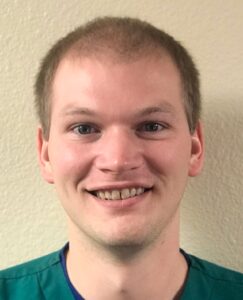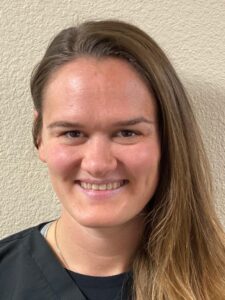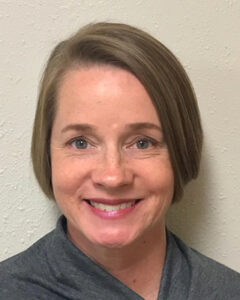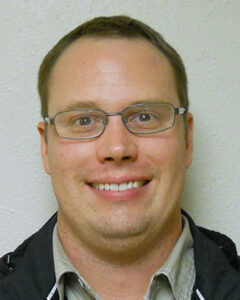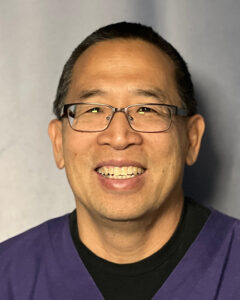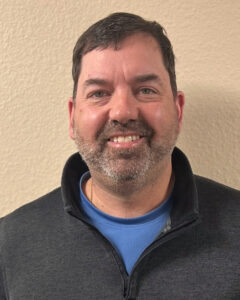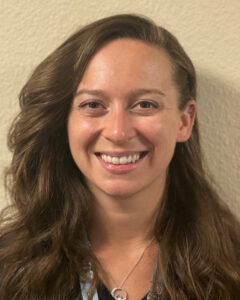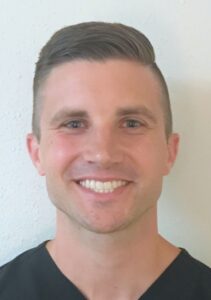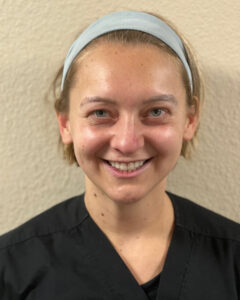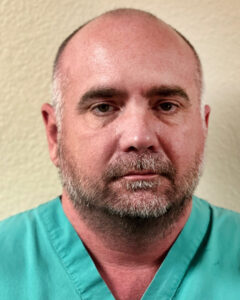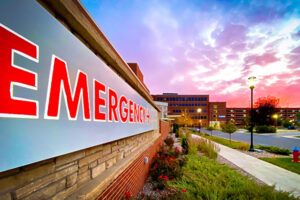Emergency Services
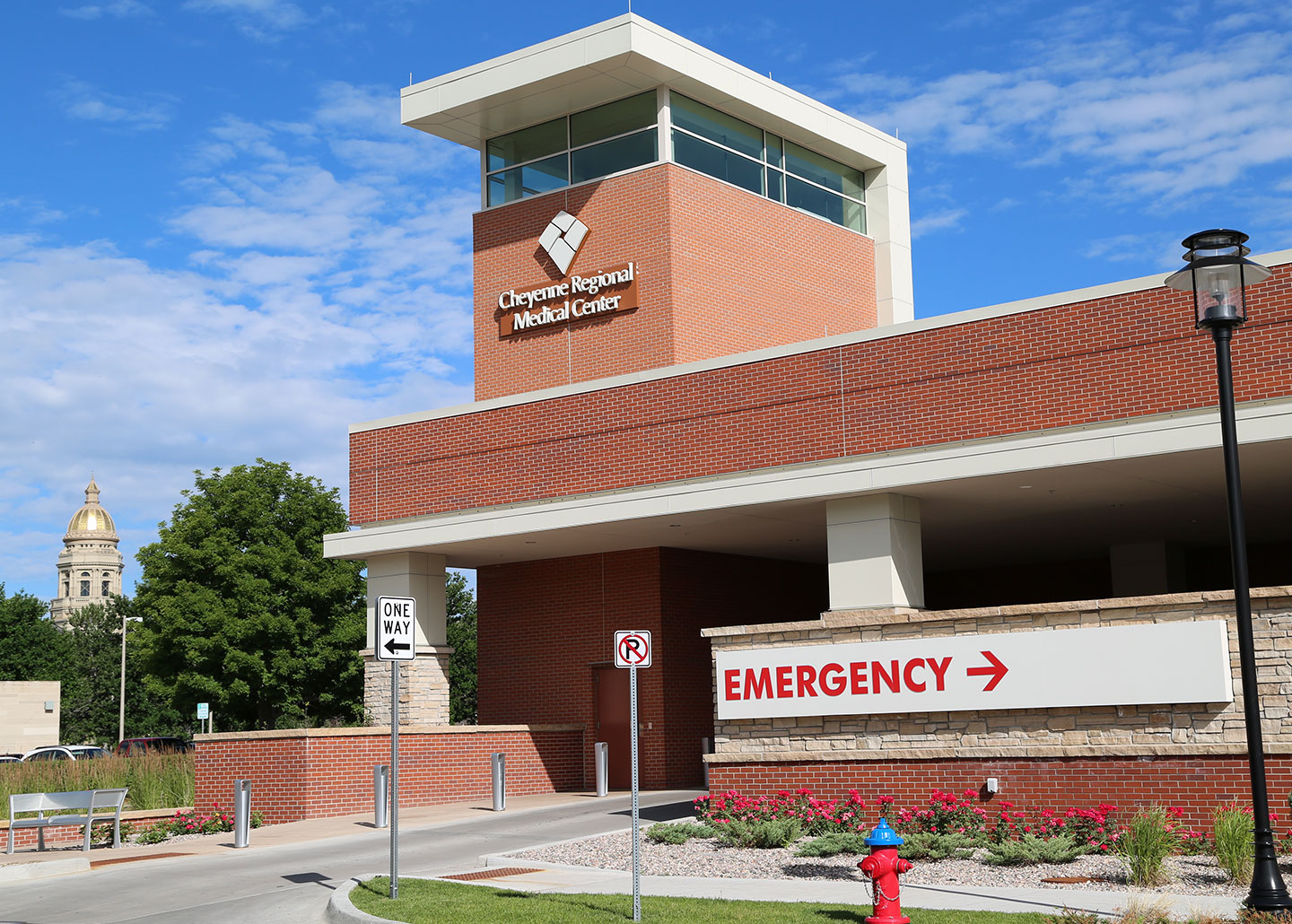 Cheyenne Regional Medical Center (CRMC) provides emergency services in our full-service, state-of-the art, 36-bed Emergency Department (ED), located at 214 E. 23rd St. in Cheyenne.
Cheyenne Regional Medical Center (CRMC) provides emergency services in our full-service, state-of-the art, 36-bed Emergency Department (ED), located at 214 E. 23rd St. in Cheyenne.
The Emergency Services staff at Cheyenne Regional Medical Center takes pride in being a “Jack of all Trades,” while also ensuring that compassionate and quality care is provided to each and every patient.
Emergency Services includes physicians, RNs, LPNs, techs, unit secretaries, CNAs and patient liaisons. It is also composed of specific service areas, including the Transfer Center, Clinical Decision Unit and the Emergency Department. These three units work together closely to provide quality patient care and outcomes.
Staff versatility is essential in Emergency Services. On any given day, the same nurse could potentially triage patients, serve as a primary nurse for a Level 1 trauma, care for an elderly patient struggling with dementia and remove stitches from the forehead on a toddler.
The Transfer Center has 24-7 RN coverage to ensure safe, appropriate and efficient patient admissions and transfers in and out of Cheyenne Regional Medical Center.
Where to park
You can drop off emergency service patients at the front entrance of the emergency department.
After dropping off patients, please park in the CRMC parking garage located on the southeast corner of the hospital. You can also utilize our free valet parking service, offered from 9 a.m. – 9 p.m.
Directions to South Parking Garage
Drive your vehicle north on Warren Ave., turn right on 24th St., then right on Evans Ave. and right on 22nd St.
Please drive around the first level of the garage to the northwest doors. Valet service is located at this entrance.
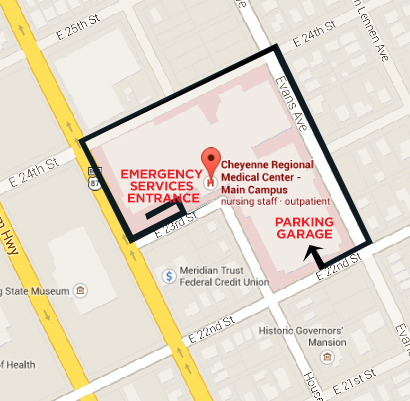
Emergency Department care areas
To best serve our patients, the CRMC ED is divided into multiple care areas that provide services for a wide range of needs, from minor injury to critical illness and trauma.
Upon arrival, every patient presenting to the ED is assessed by an RN, who will assign the level of care needed. Level of care is derived from the Emergency Severity Index (ESI).
Based on their assigned ESI, Emergency Department patients are placed in one of these appropriate care areas:
- Acute care rooms (12)
- Adult trauma bays (4)
- Clinical Decisions Unit (CDU) rooms (8)
- Critical care rooms (7)
- Eye room (1)
- Family consultation rooms (3)
- Fast track rooms (8)
- Mental health rooms (4)
- Pediatric trauma room (1)
- Results pending bays (9)
- Sexual assault examination room (1)
- Triage rooms (3)
You’ll find more information on some of these specialized care areas below.
Clinical Decision Unit (CDU)
Emergency Department Physicians oversee our eight-bed Clinical Decision Unit (CDU). This is a 23-hour observation unit designed for patients that need further testing before being discharged home or admitted into the hospital. At least one RN and one CNA staff the Clinical Decision Unit at all times, making sure each patient receives a thorough assessment and treatment while maintaining a safe and supportive environment.
Fast Track rooms
Between the Emergency Department’s peak hours of 11 a.m. and 11 p.m., we open our eight-bed Fast Track area for patients with less-critical injuries or illnesses. This area is staffed with a Nurse Practitioner or Physician Assistant and other ED employees such as Registered Nurses, Licensed Practical Nurses, and Techs.
Results Pending bays
This unique area is designed for CRMC patients who are nearing the end of their treatment in the ED but aren’t quite ready for discharge. By moving patients into the Results Pending bays to await their final physician evaluation and discharge, we free up a bed for newly arriving patients and shorten ED wait times.
Trauma Care area
The Trauma Care area consists of four adult bays and one specialized pediatric room. The adult trauma bays are large enough to accommodate four additional beds in the event of a mass causality. Our specialized pediatric trauma room was designed with the patient and parents in mind with an attached waiting area.
Patients are typically stabilized in the trauma area, then moved to another care area.
Emergency Department roles
Unit secretaries are the voice and the command center of the ED. In their orientation, they learn how to answer phones in a way that ensures the CRMC Trauma Team is present and accounted for during our most serious traumas.
Certified Nursing Assistants (CNAs) primarily work in the Clinical Decision Unit (CDU). They provide patient care under their scope of practice and cross-train as a unit secretary and to assist in the ED when needed.
ED Techs are Emergency Medical Technicians (EMTs) or paramedics who complete a two-tiered orientation consisting of patient transfers and basic patient care, to starting IVs and participating in the care of the most critical patients (e.g., cardiac arrests and trauma).
Nurses, depending on experience, often have no less than four months and up to one year of orientation into the ED and CDU. During their orientation, nurses learn to care for patients of all ages and with a vast array of ailments. They also become proficient in Chief Trauma Nursing and Primary Nursing for Cardiac Arrests.
What happens when you arrive at the Emergency Department?
To help you feel prepared for what to expect as a patient in the CRMC Emergency Department, we’ve created a helpful document called “Emergency Department: What You Can Expect.”
To read it, please click the button below.
